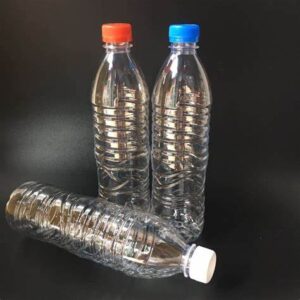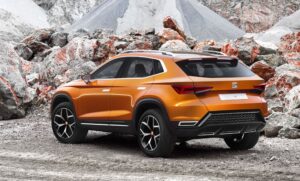This week, we will continue to explore the future of the environment. The possibility of the future is determined by our current decisions. We have discussed the viewpoint of “Future humans, looking back on our early mid 21st Century design considerations and actions, will thank us more than condemn us.”. Finally, we also proposed 5 principles for environmental design based on each individual’s own perception.
I personally hold a negative attitude towards this viewpoint. I don’t think our descendants will appreciate the design we have made. The emergence of this viewpoint is not only based on an analysis of the current situation and development trends of the environment, but also on an understanding of social processes and the development of human civilization.



Let’s first take a look at a set of data. Since the 1960s, industrial production has quadrupled, and human control over pollution emissions is weakening. Plastic production has doubled in the past 20 years, but only 9% of them have been successfully recycled. The textile and fast fashion industries cause 20% of water pollution during the dyeing process.



We can find that the development of human society will inevitably cause harm to the natural environment.But most of the harm is unnecessary harm caused by consumerism. With the development of capitalism entering the golden age, production oriented capitalism has shifted towards consumption oriented. At the same time, guided by the theories of “marginal utility value theory” and “effective demand” by economists such as Menger and Keynes, the West began to transition to post capitalism, which mainly stimulated mass consumption.
Philosopher Baudrillard discovered that human consumption is gradually being hijacked by symbols. Most people’s consumption is no longer based on the symbolic value of goods, just like bags are no longer meant to hold things, but rather symbols of identity, taste, and high-end.



The phenomenon also exists in the field of environmental protection, just like the wilderness in SUV promotional videos and the popularity of plastic flamingos in the United States. Most of the time, numb consumers are not concerned about whether environmentally friendly products are environmentally friendly, but rather about the symbols of their health, harmlessness, and social responsibility.
We are a very difficult generation as we experienced the 2008 financial crisis. We experienced COVID-19 in 2019. We have focused too much attention on regulating internal conflicts in human society, but we can still see war and gunpowder around the world.
If one day, the water sources on Earth are polluted, energy is depleted, and a large number of species become extinct, humans will not be able to survive alone. So, how our descendants perceive us is not important, what matters is the decisions we make now. I propose the following five environmental design principles.
1. Use existing materials for production.
2. Do not make unnecessary designs.
3. Respect location and culture.
4. Continuously innovate and reform technology.
5. Synchronize design with the rhythm of nature.
Reference:
1. Consumer society, Jean Baudrillard
2. Principles of National Economics, Marginal Utility Value Theory, Karl Menger
3. Reviewing why sauce flavored lattes can handle people, Yoloidea
4. Environmental History of Design: Towards a New Research Agenda; Kjetil Fallan and Finn Arne J ø rgensen
* All images are from search engines



